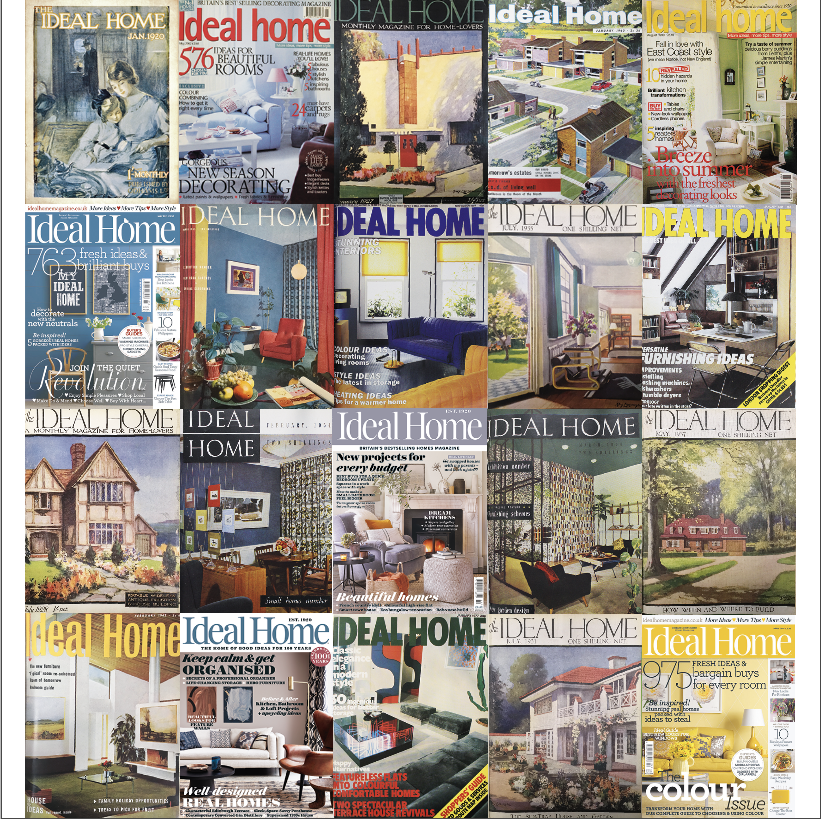
Ideal Home has been a mainstay of the newsstand for longer than you might think, with 105 years of publishing history. First issued in 1920, the magazine and subsequent website have charted over a century of British interiors and gardens news, advice and house tours.
With that kind of longevity, it's no surprise that the magazine's archives are a nostalgic goldmine. Acting as a confidant for several generations of homeowners, renters and renovators, there's essentially no trend our pages and website haven't covered.
Given that, it would be a shame to keep the secrets of the magazine to ourselves. So in the spirit of celebrating our history as home-obsessed experts, these are snapshots direct from the Ideal Home archives, showcasing the things you might not know about Britain's best selling interiors magazine.
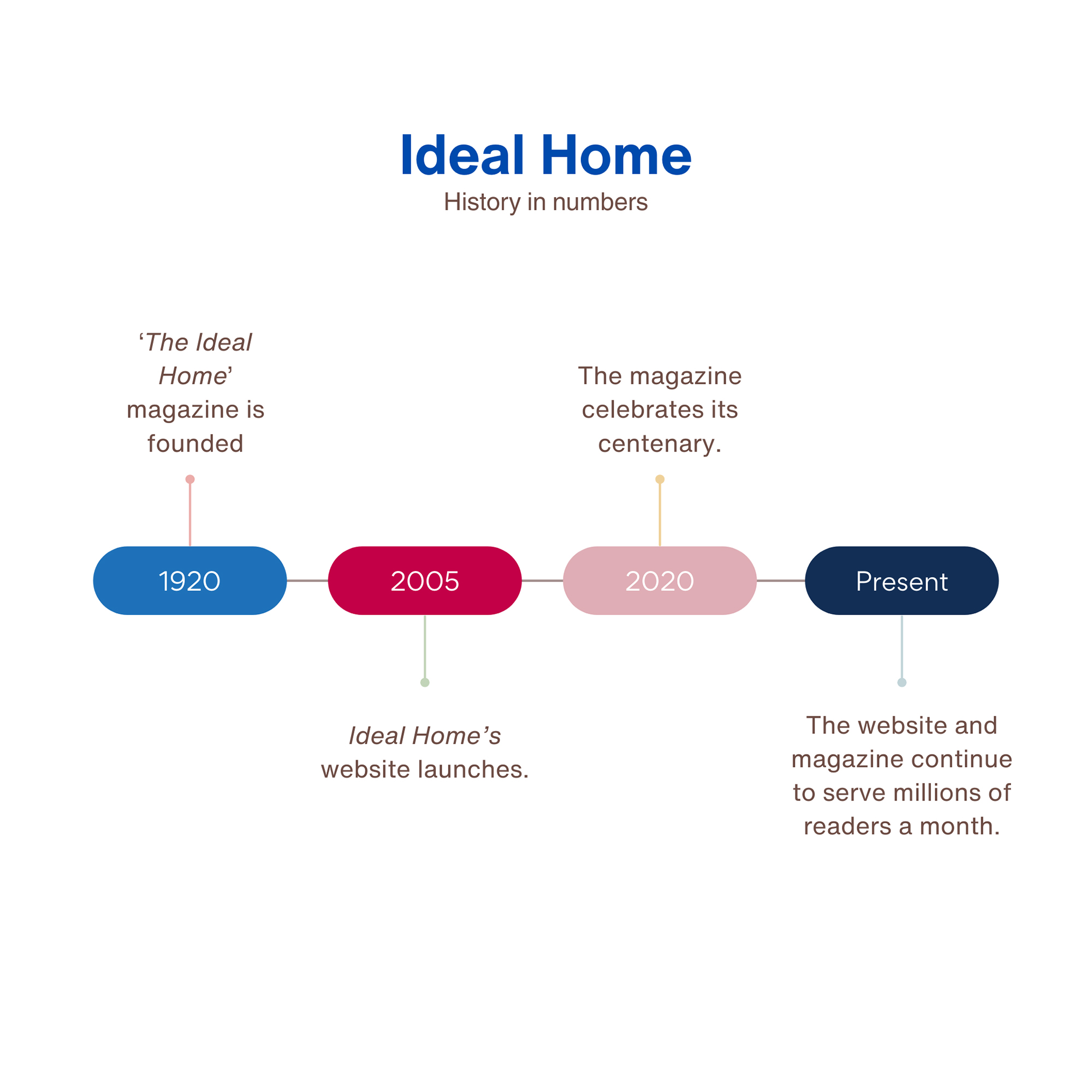
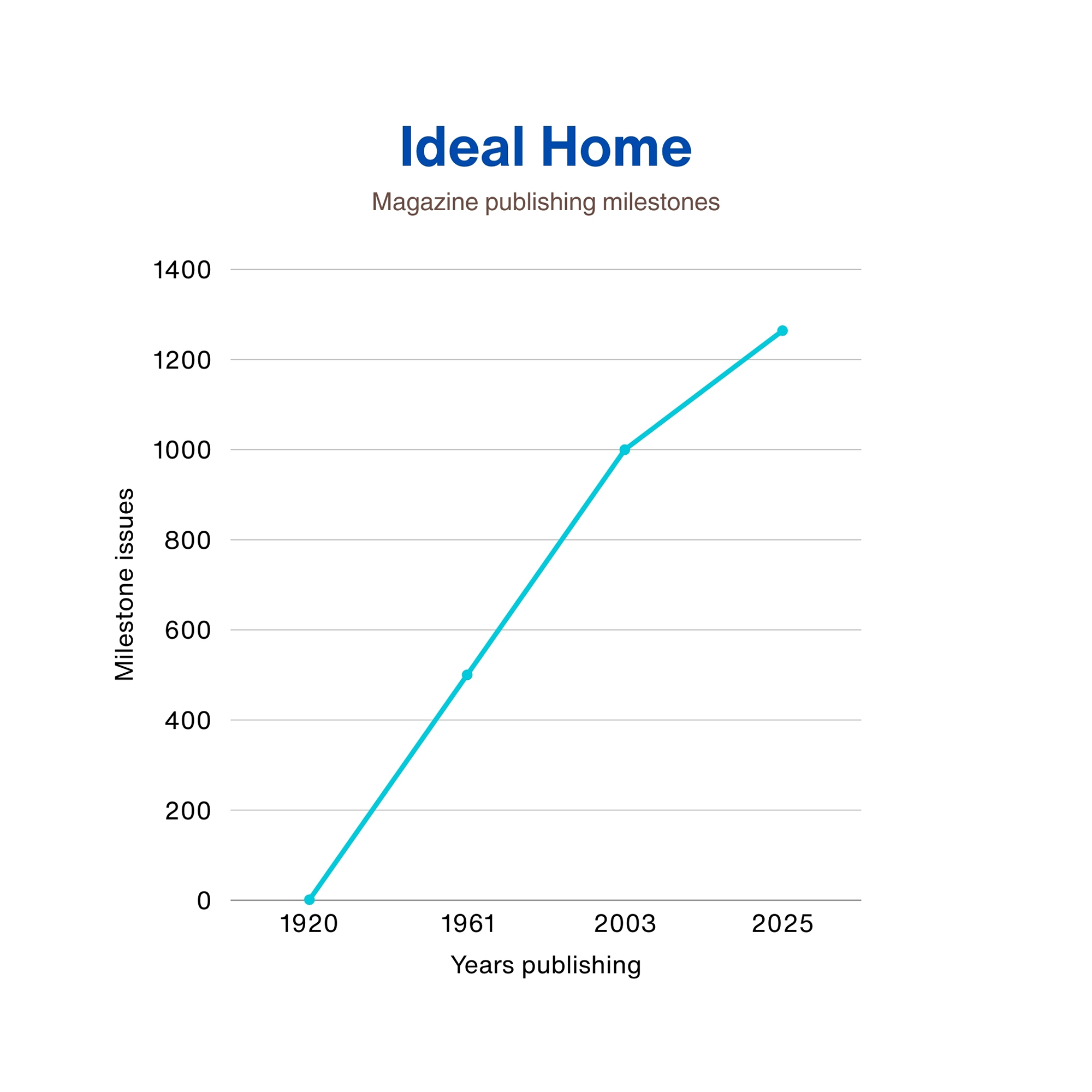
Where it all began
‘There is no question of more vital interest than that of housing’ – these are the opening words to the first ever issue of Ideal Home, published in January 1920.
To understand the statement, a little context on the founding of the magazine is useful. Its publisher, Odhams Press Ltd., first began in 1890, but the company’s successes were hugely affected by the First World War.
In 1918, its printing press in Covent Garden was the target of the ‘deadliest bombing incident of the war’ (as per the Imperial War Museum). Considered a safe refuge in the area and therefore being used as an air raid shelter by many members of the public at the time of the bombing, the destruction took years to recover from on all fronts.
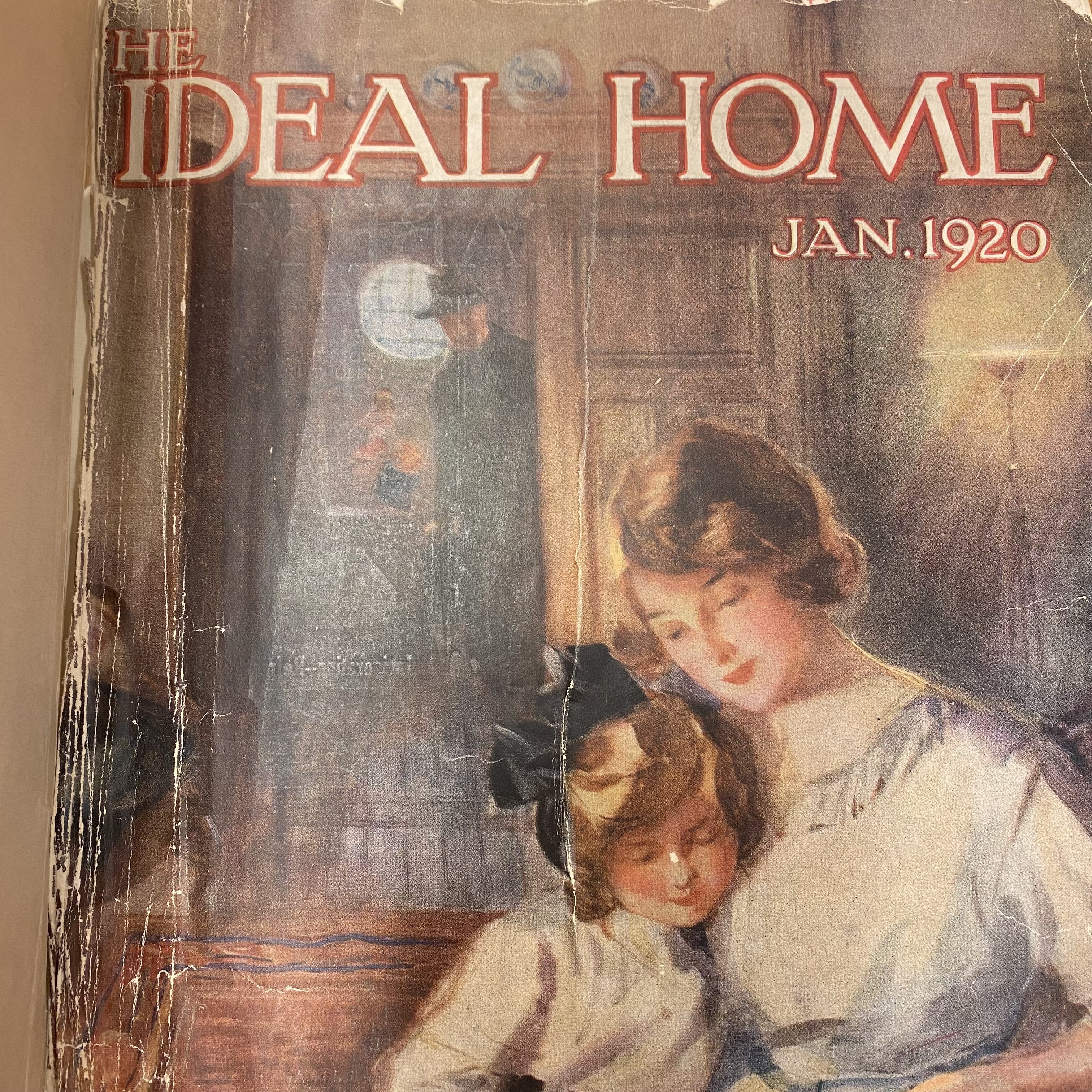
Despite that awful adversity, Odhams launched Ideal Home two short years later and acquired the popular Horse & Hound magazine at the same time. The editor steering the title in this era was Captain G. C. Clark, a recently returned veteran of the war, who kept the magazine thriving in the interwar period.
As well as leading the magazine editorially, he was also the man at the centre of a rivalry between Ideal Home and Homes & Gardens - which was launched six months earlier by the competing publisher Newnes - holding the title of Britain’s oldest homes interest magazine. Now sister titles under Future plc, it’s fair to say a healthy competition still lives on between the two.

Ideal Home spoke specifically to the new middle class of the post-war era, prioritising tradition in all aspects. Its aim? 'To strive against the erection of hideous houses' (following government plans to build 100,00 new ones) and to ‘cater for the wide circle of the middle class’. Far removed from the approachable tone of Ideal Home today, the magazine was a product of a time in which housing was a seriously sensitive subject.
The debut issue discusses ‘Furniture for the Homes of To-Day’, lays out plans for ‘Garden Making’ for a small thatched cottage and suggests various recipes (including one for a coffee trifle which still sounds delectable). A long section is also given over to the care of rabbits, defended as a ‘very serious and practical business proposition’, as well as advice on architectural plans.
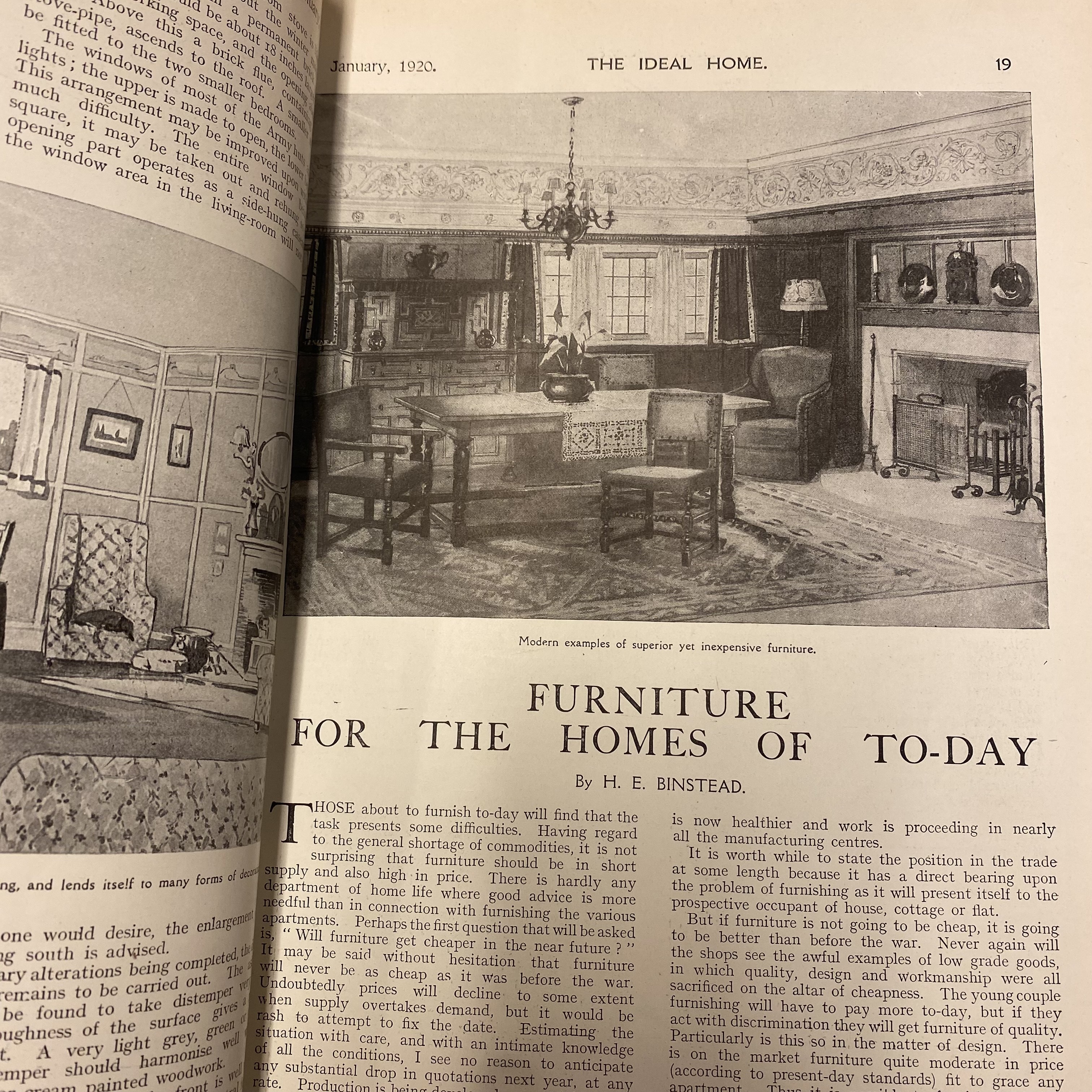
With its wonderfully illustrated pages packed full of advice, The Ideal Home was a success from the start. An announcement in the June issue of the same year states that 'Many thousands of would-be readers were unable to secure the first two or three editions of 'The Ideal Home', and every post brings requests from all parts of the world for copies, which we are quite unable to supply.'
For those who could get their hands on a copy, the editorial team of Ideal Home were prepared to help readers with queries of all sorts. ‘May be you live too far from town, or on the other hand you may not know where to obtain a particular article you are desirous of adding to your house or garden,’ reads one excerpt. ‘If so, write the Editor telling him what you require, and he will find where same can be purchased’.
For shoppers and home-makers of the era, it was no doubt a valuable resource.
Shaping interiors on the Home Front
Writing and running an interiors magazine during a World War must have been no easy feat. Between paper rationing, wartime censorship and the realities of life on the Home Front, the pages of Ideal Home in the early to mid 1940s are starkly different from the years before.
Maintaining the home as a sanctuary was never more difficult than at that time, during which the magazine ran features on transforming the living space to navigate air raids and material and food shortages. The buying of furniture in particular was hugely restricted from 1942 until up to 1952, showing just how long everyday life was impacted for.
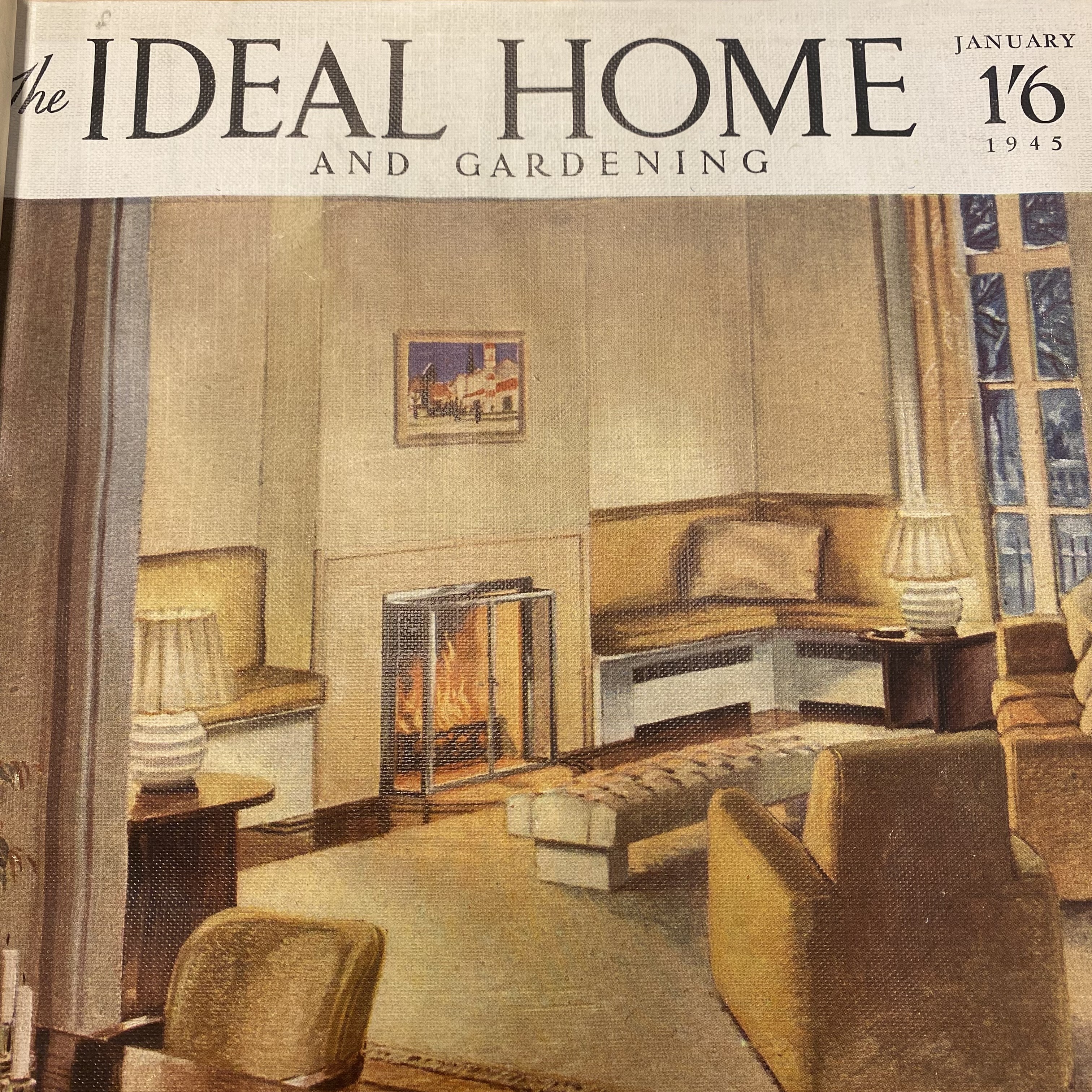
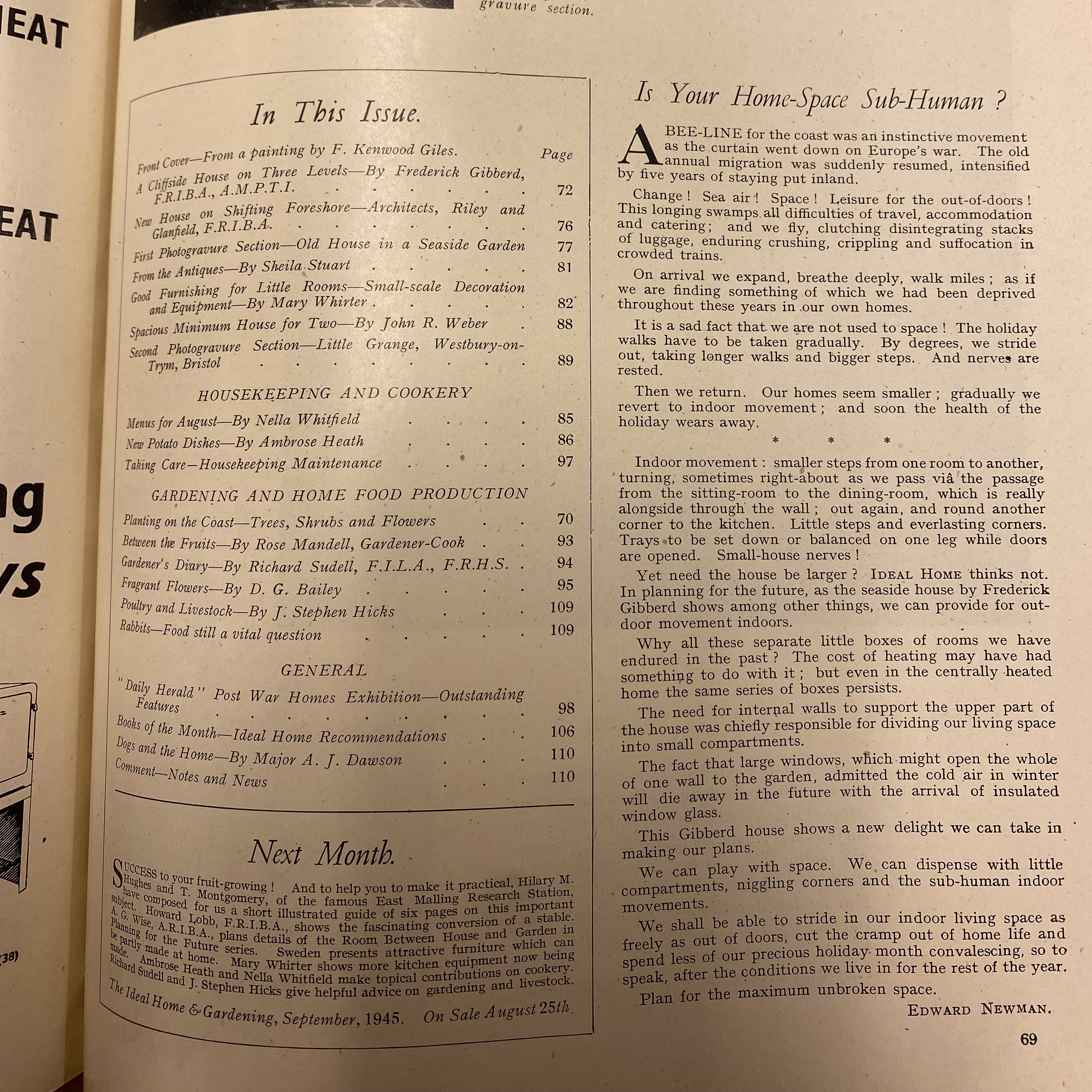
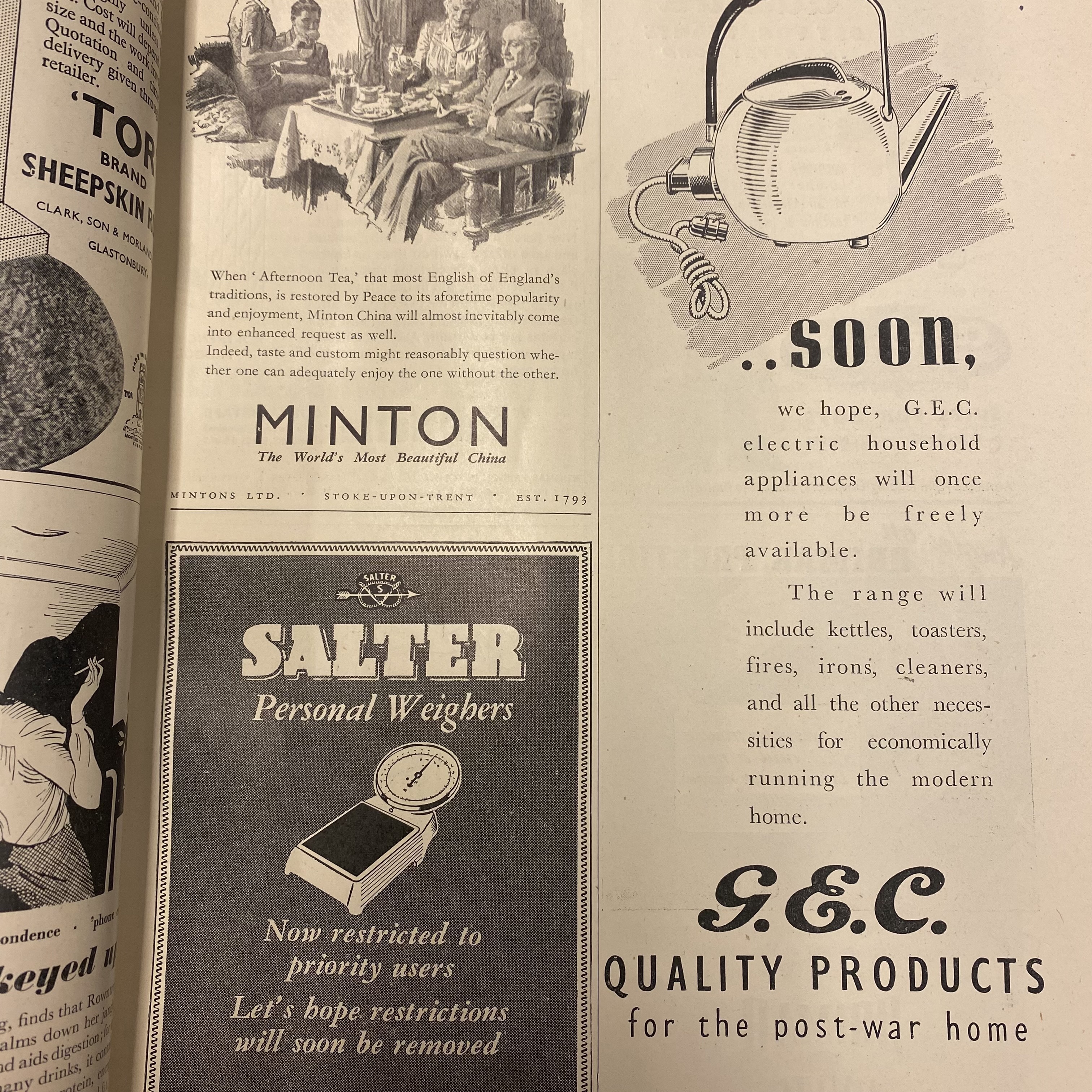
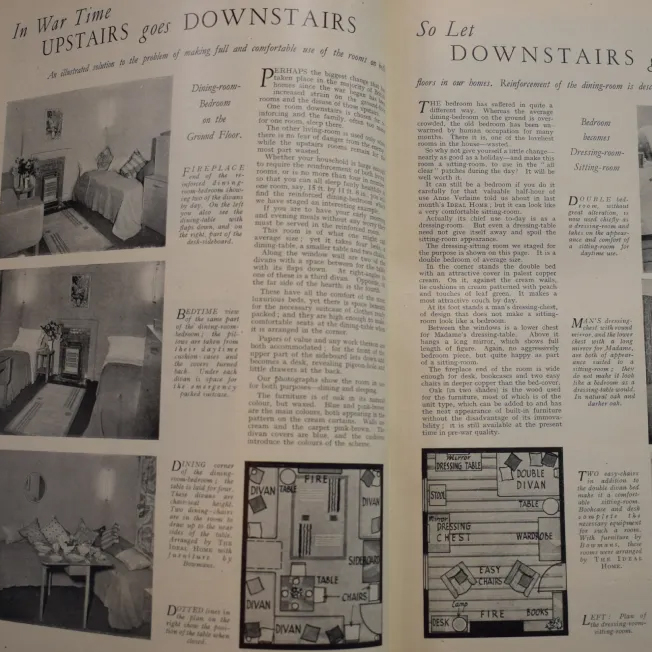
One feature, published in 1940, advises on how readers can rearrange their houses in line with air raid safety during the Blitz. Turning a house upside down (with bedrooms situated on the ground floor) was the recommended tactic. To help readers adjust, Ideal Home published guides to furniture rearranging, including diagrams on how to prioritise items that would be most advantageous to shelter under.
Another unique feature of war-era issues are the adverts, which are revealing about the scarcity of the time.
Unable to produce or sell much beyond rationed goods, the adverts posted by brands aren’t concerned with selling products, but rather plead with readers to remember them once war is over. ‘There’ll come a time’ reads one from Brasso, a polish company, ‘when once again in a peaceful world a generous fire burns brightly in the grate.’
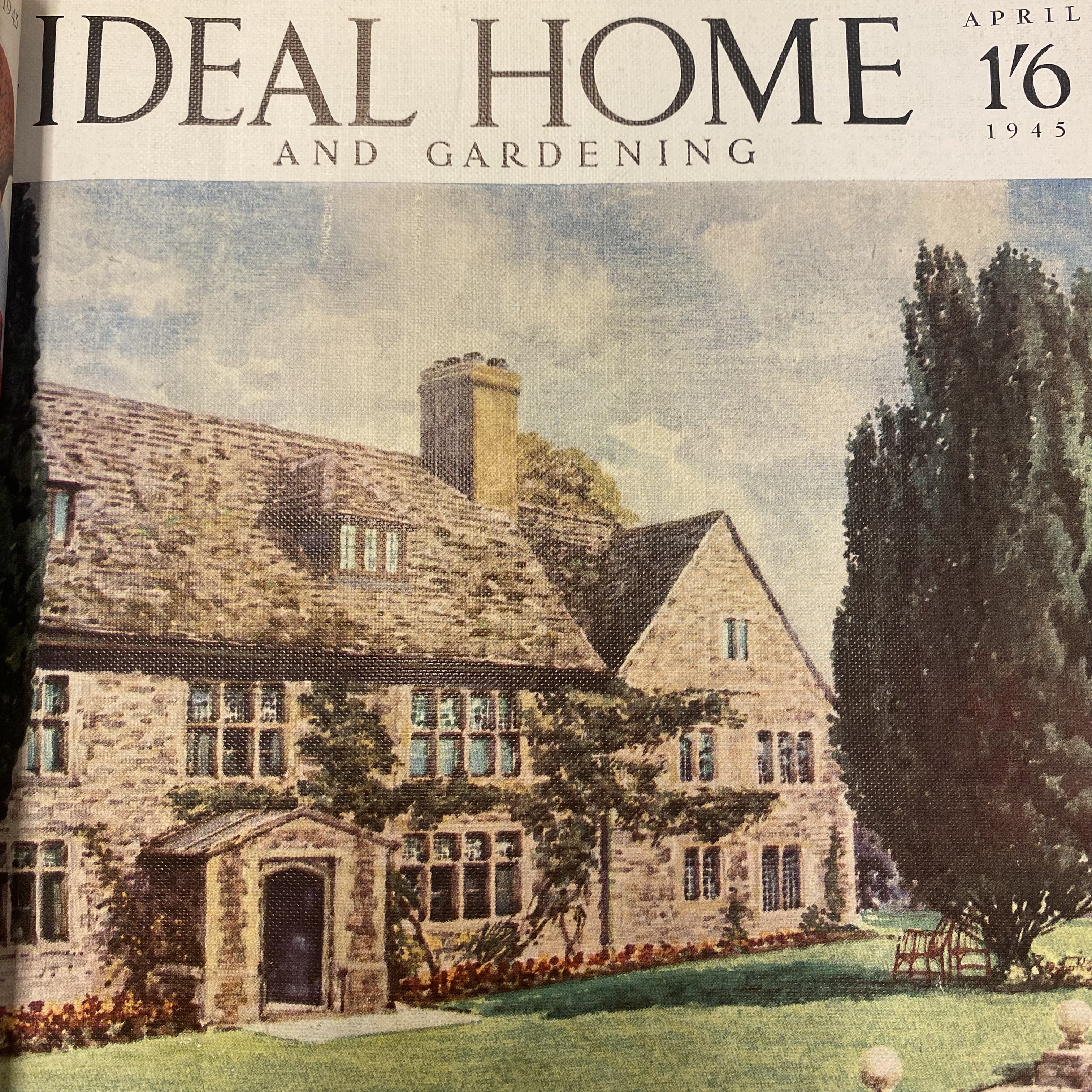
‘Remember the AB Cooker is well worth waiting for!’, another advert reads, whilst one dreams of a time ‘When ‘Afternoon Tea, that most English of England’s traditions, is restored by Peace to its aforetime popularity and enjoyment.’ And when that does happen ‘Minton China will inevitably come into enhanced request as well.’
It’s a tactic that must have worked, with advertisers from the 1920s still appearing in the pages of Ideal Home today, from kitchen brand Salter to AGA cookers.
Shifting slightly forward, it’s heartening to read issues from the early post-war era are imbued with hope for the future of interiors. The editor's note, written by Edward Newman, reads 'We shall be able to stride in our indoor living space as freely as out of doors, cut the cramp out of home life and spend less of our precious holiday month convalescing, so to speak, after the conditions we live for in the rest of the years.'
In the years following 1945, the Ideal Home took up the mantle, just as it had in 1920, of guiding a new generation of homeowners to a better living space.
Helping a nation to bake better
In a recent interview with Vogue to celebrate her 90th birthday, Mary Berry’s stint as Food Editor of Ideal Home is namechecked in the retelling of her ascent to national treasure status.
In her time as Food Editor (between 1970-73), Mary published hundreds of no-nonsense style recipes alongside simple illustrations, offering straightforward advice for readers looking to sharpen their culinary skills. Discussing her editorial career in an interview with Ideal Home, it’s clear she thinks fondly of her days as the magazine’s culinary guru.
'I was Cookery Editor of Housewife, which closed,' begins Mary. 'And Ideal Home invited me to work with them. I had loved being Cookery Editor for Housewife and felt Ideal Home was a natural fit.'
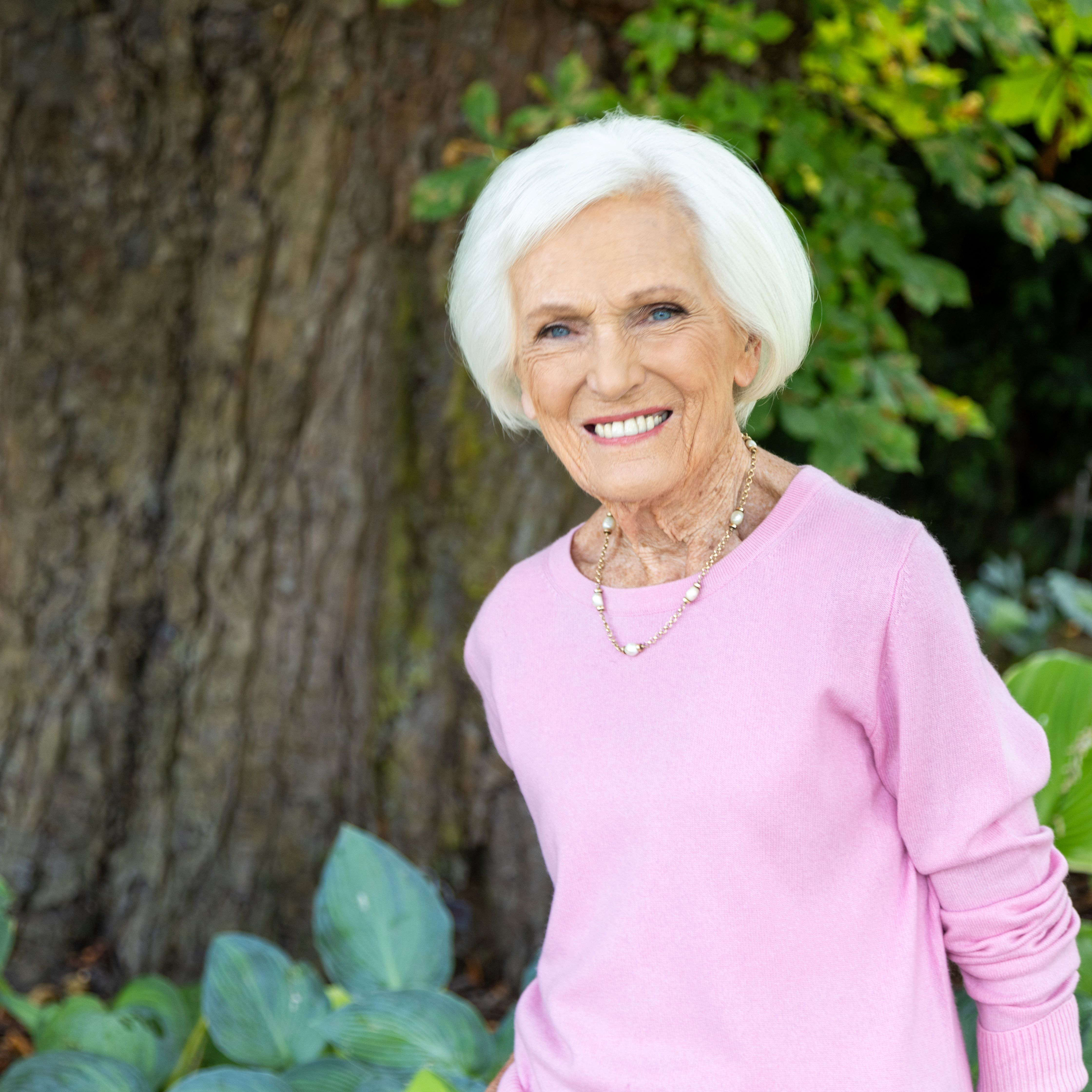
What was her best moment as part of the team? 'When the first issue came out, I was very proud to have joined,' Mary says. 'I was responsible for many pages each month. Including all the food photography, with very little assistance.'
Despite her many responsibilities, no job was too small. 'I did it all myself, all the shopping, preparation, and planning', Mary says. 'The washing up too! I loved it.'
Since the publication of her first cookbook in the 1970s, Mary has become a household name thanks to her work, as well as a familiar face on television as a Great British Bake Off judge.
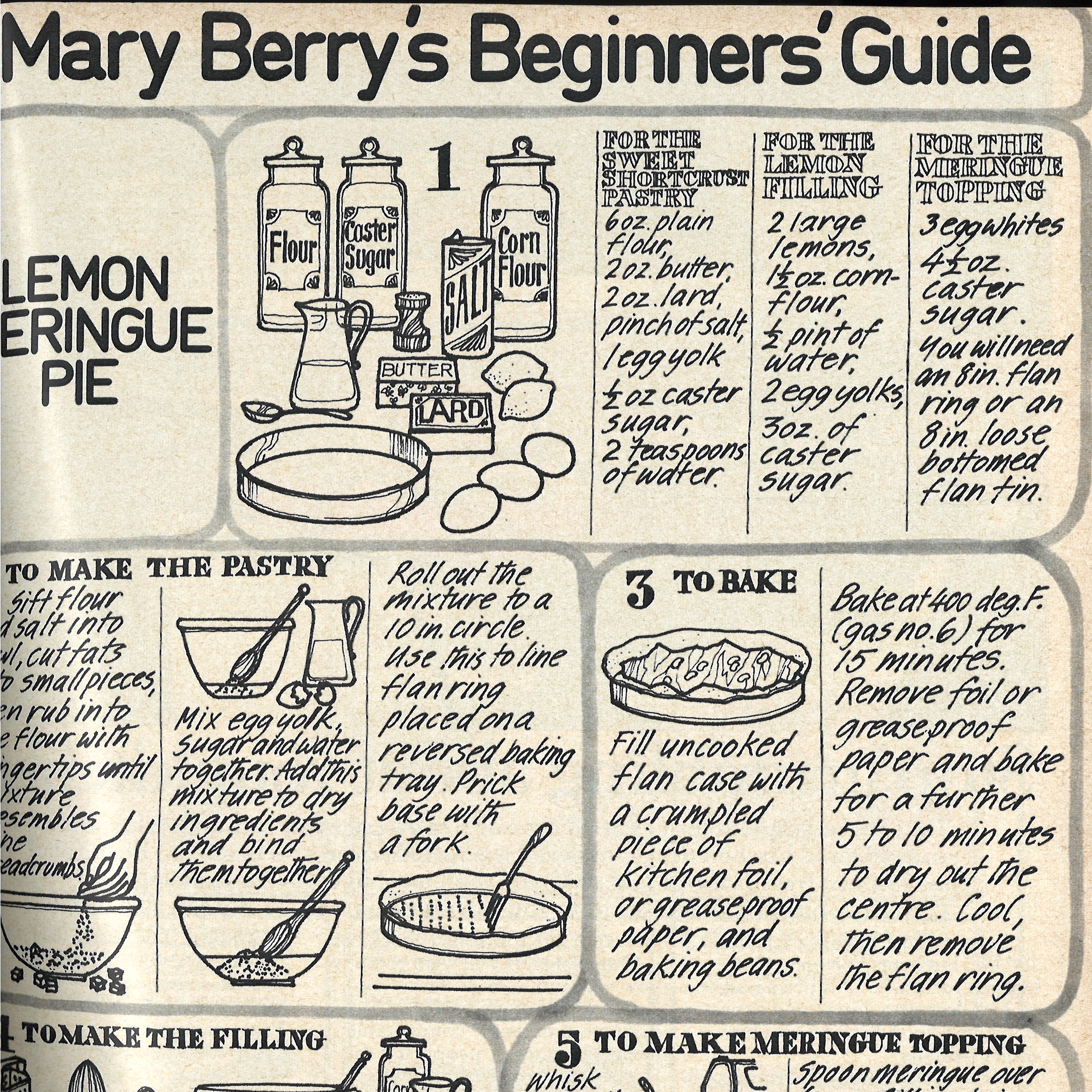
Her love of hosting is evident from the Ideal Home archives too (especially in her Hostess Menu of the Month feature, which you can see a snippet of below). It became a well-known and loved segment of the magazine.
'I think of myself as a teacher, and I love creating recipes whether for a magazine, television or a book,' Mary explains. 'I try to make it as clear and give as much information as possible. When I was at Ideal Home I would do step by step guides.'
She goes on to say 'I like to think of holding the hand of the person cooking the recipe, and making sure they have success every time. I love to be classic and simple in my recipes, and venturing into cooking with all new ingredients.'
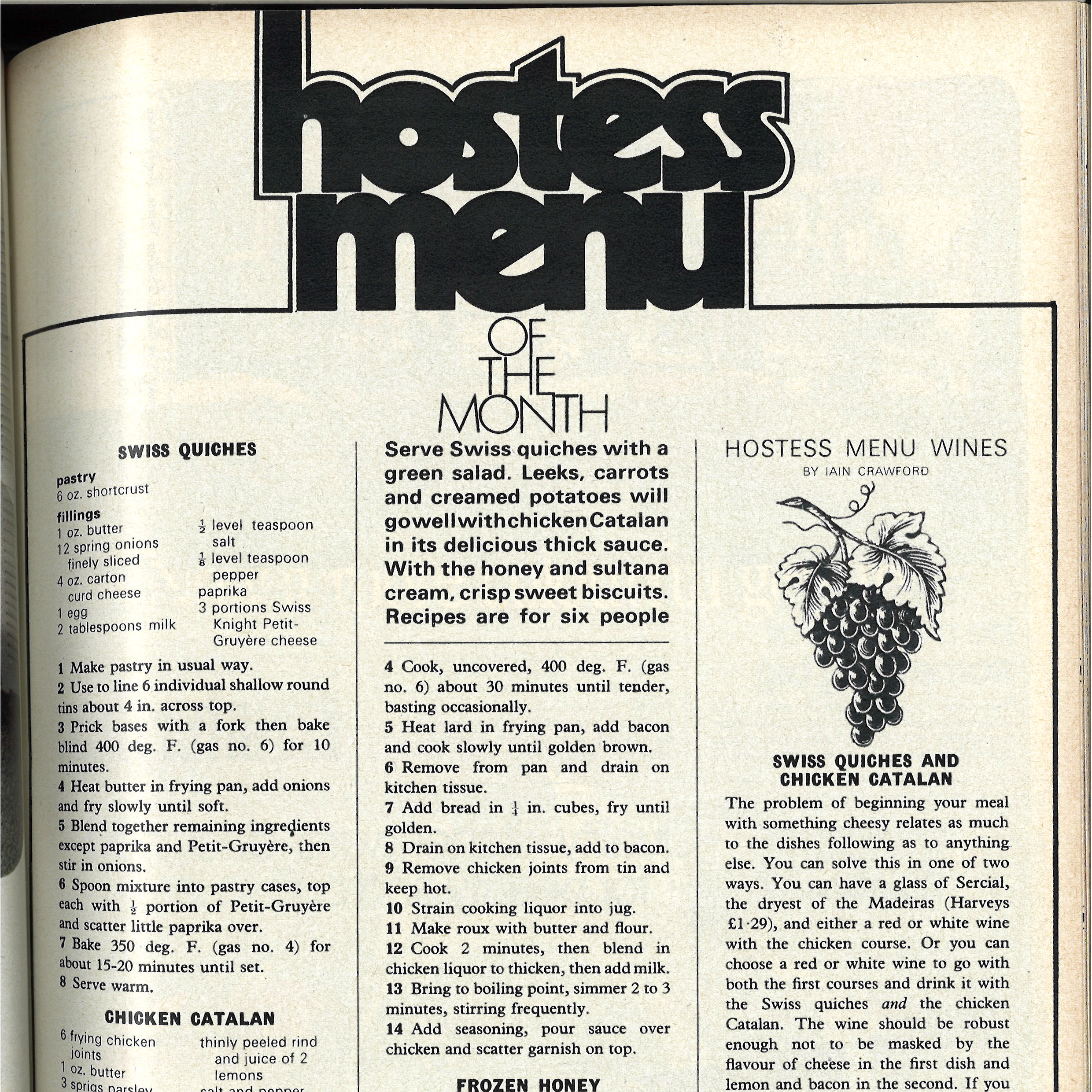
Mary left the magazine in 1973 to pursue a career as a cookbook writer. As one of Ideal Home’s most celebrated alumni, she forms part of a long history of cooking advice from the magazine that still lives on in recipes in the magazine today.
A pick of celebrity houses
It wouldn't be an issue of Ideal Home without a house tour. Back in 1920, one of the very first nosey-arounds was in a celebrity’s home – that of Seymour Hicks, a notable actor of the silent film era and later, a producer.
Known for many theatrical works, arguably the most famous footnote of Hicks’ life was when, during the making of his first film, he replaced his original director to take a risk on an unknown newcomer - named Alfred Hitchcock.

Filled with patterns, china plates and portraits, the Hicks’ home is a fascinating peek at the type of houses deemed most desirable at the time. Cottages like this were idealised above all as a reaction against industrialisation and as evidenced in the archives, were still coveted with as much reverence in the 1960s.
This preoccupation with aspirational houses has never left the popular imagination, though the range of famous homes which graced the pages in decades gone by is quite remarkable.
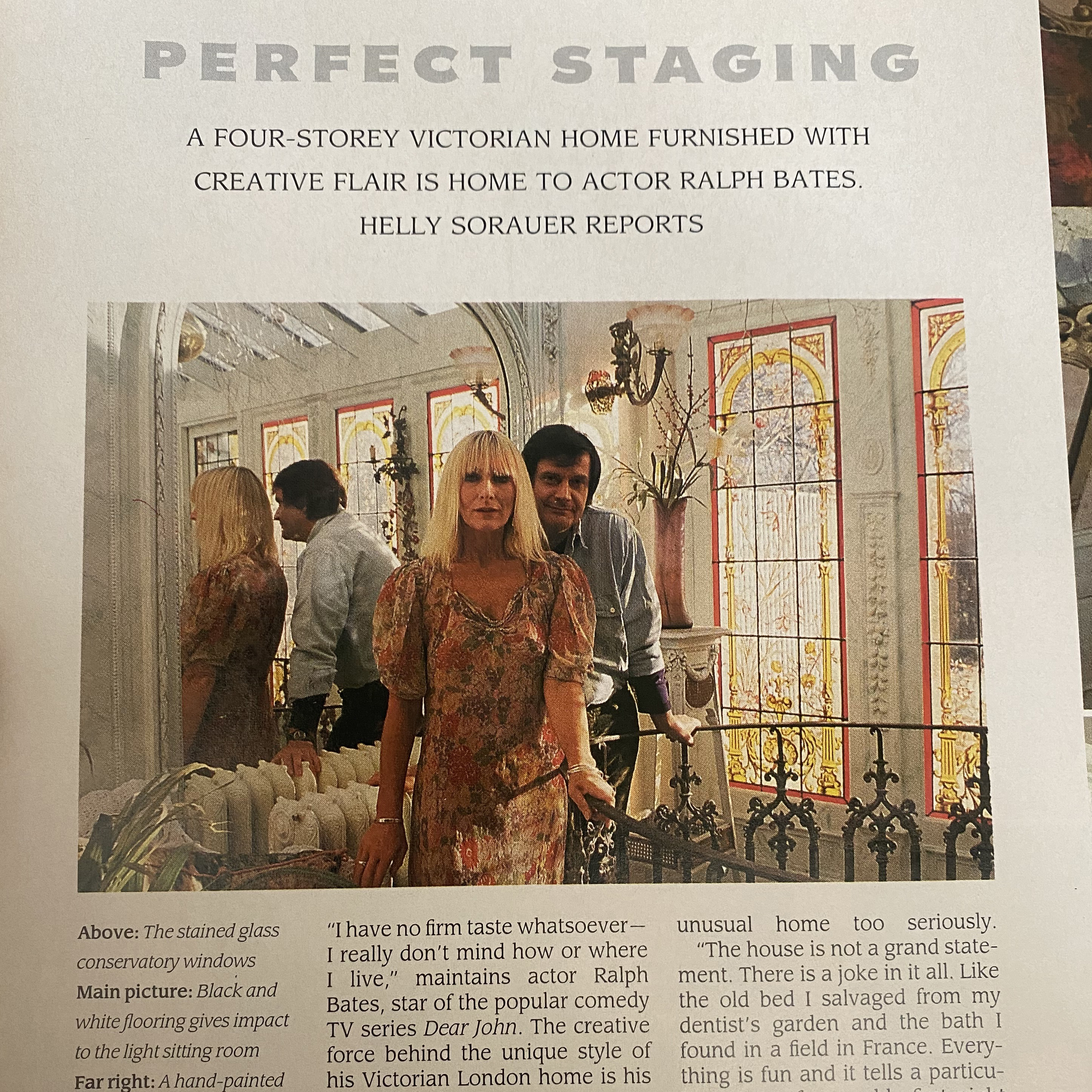
In the 1960s, you’ll find Winston Churchill’s home and studio, while in the 1990s, a regular feature amusingly titled 'How the Rich Live' took readers inside Jonathan Ross’ powder-pink Hampstead townhouse, Diane Keaton’s Hollywood residence and actor of the moment Ralph Bates’ stained glass home in Chiswick.
One quote from the Jonathan Ross interview might give an indication as to why full-blown celebrity house tours have been replaced by real-life homes in today's editions of Ideal Home. ‘We’re hopeless at decorating,’ says Jonathan. ‘After I’d stabbed my foot on a curtain fitting left on the floor, we decided to call in the professionals!’
Changing perspectives on housing
Essentially no other topic is as widely covered in the Ideal Home archives as the supply of housing. Though the earliest issues of the magazine were resistant to post-war building, attitudes had softened by the end of the Second World War.
‘To-day, many people, looking at contemporary architecture…are afraid we are killing our tradition,’ reads an Editor’s note by Edward Newman from 1945. ‘In so far as they are wrong their attitude is likely to hinder progress and to be, ultimately, bad for themselves as well as for the rest of us.’
That sentiment is echoed by an Ideal Home reader, in a comment in August of the same year. Dreaming of a new era of post-war homes, the reader hopes that 'Two living-rooms may communicate, the kitchen may have better access to the dining-room and the downstairs lavatory may be removed from near the front door.’
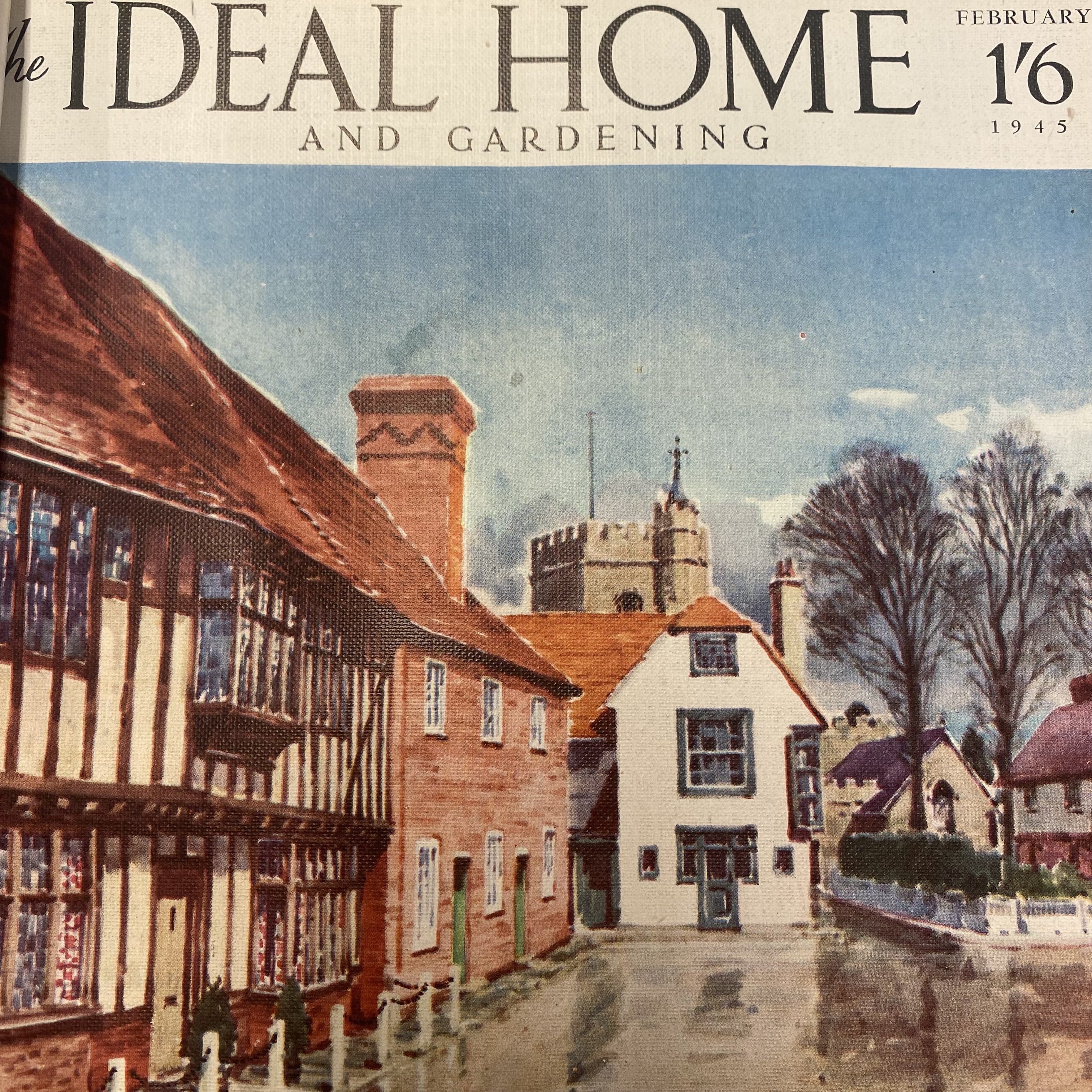
They go on to say that 'While there is inevitably a sadness over the circumstances which require this rebuilding and for the years that are lost, there is also a very pleasurable interest in this new opportunity.'
In 1964, Ideal Home proved this commitment to better housing for all with its sponsorship of a housing estate. The Dene Park estate in Stockport was built following a competition created by the magazine in association with the Royal Institute of British Architects.
The magazine was certainly very proud of its contribution to the estate, featuring the planning, building and opening of the project and saying that ‘at Dene Park one seems to enter a private little world that pre-samples the 1970s.’
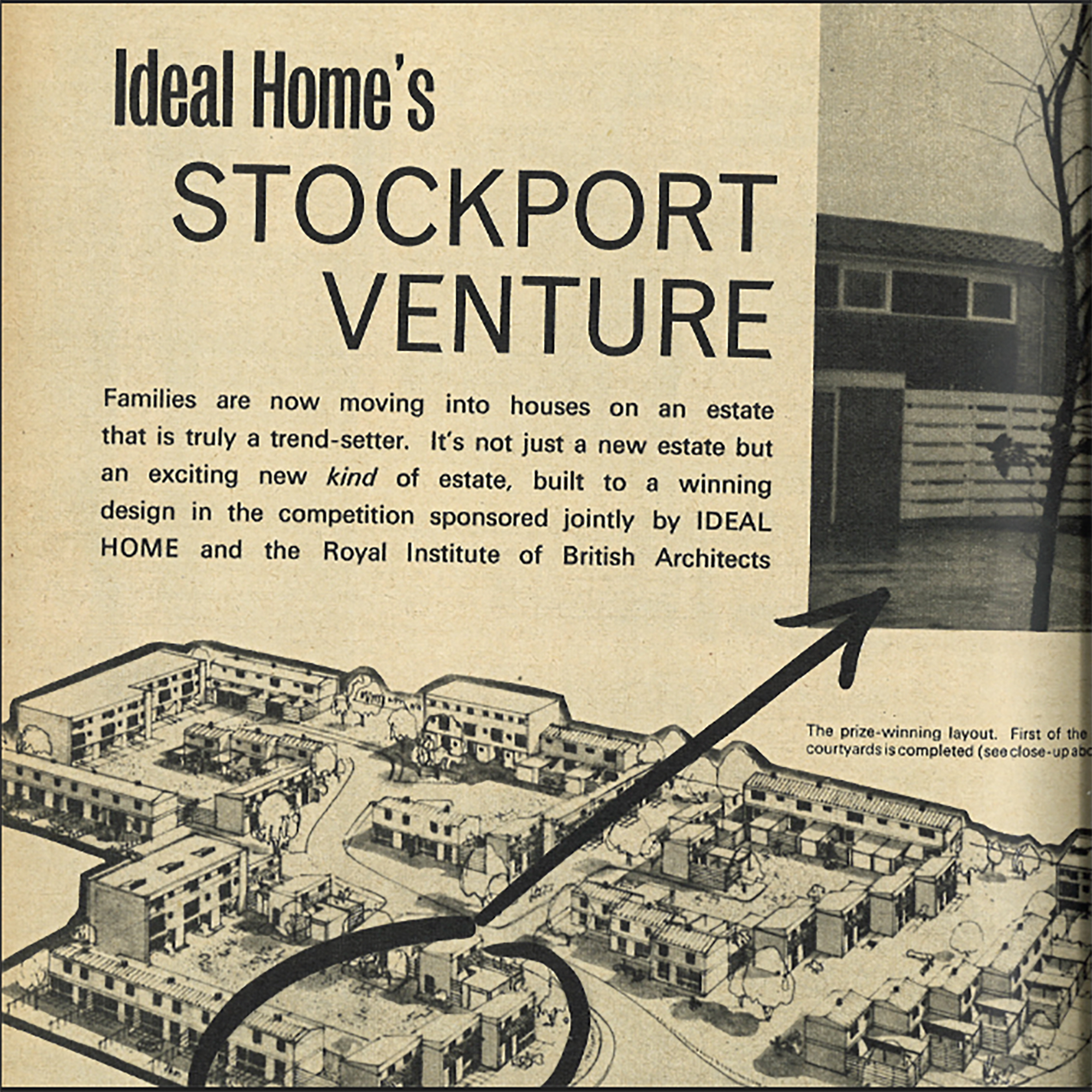
Later, in 1972, Ideal Home's Editor Monica Tyson took up the mantle of encouraging wider interest in the government's Home Improvement Grant, which was a scheme designed to improve housing conditions across the country and to fight against the dilapidation of existing homes.
Monica, who was also a regular on the BBC's Woman's Hour in the 1970s, joined the British Parliamentary Secretary Reginald Eyre for a tour of a house held up as an example of the government's work to improve living conditions.
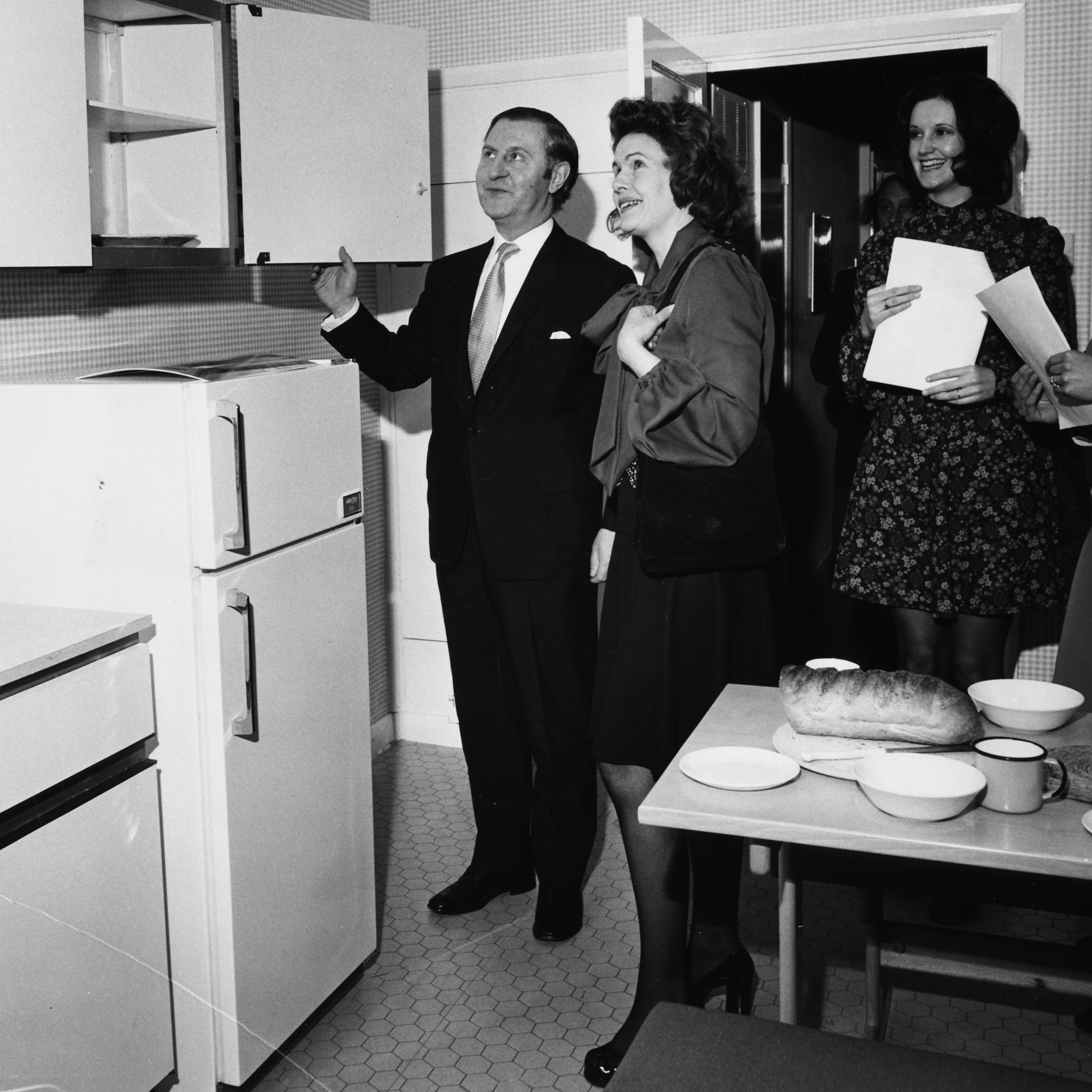
That forward-looking perspective of Ideal Home is something that still sparks pride today. Reminiscing on her highlights from her time working on the magazine since 2007, Editor-in-Chief Heather Young says ‘When the magazine started out, the focus was on homebuilding but I think there came to be a switch of it being for ‘real’ housewives and women building their dream homes.’
‘I think that still resonates today – bringing design to the masses is something that I think we still do really well.’
Plus plenty of looking ahead
Some of the true gems of the Ideal Home archive lie in predictions. Forecasting is always a tricky business, even more so in a time of startling technological development, but it's a lot of fun to see what writers of the past predicted our homes would look like now.
One excerpt from 1971 reads that 'Perhaps the most revolutionary idea is the bank of cooking drawers which banishes saucepans and removes most of the hazards of stovetop cooking.'
It's safe to say cooking drawers haven't caught on just yet, as well as the 'temperature controlled food dispensers for dry goods' that were suggested, but who could’ve seen the dawn of air fryers coming or Wi-Fi enabled appliances?
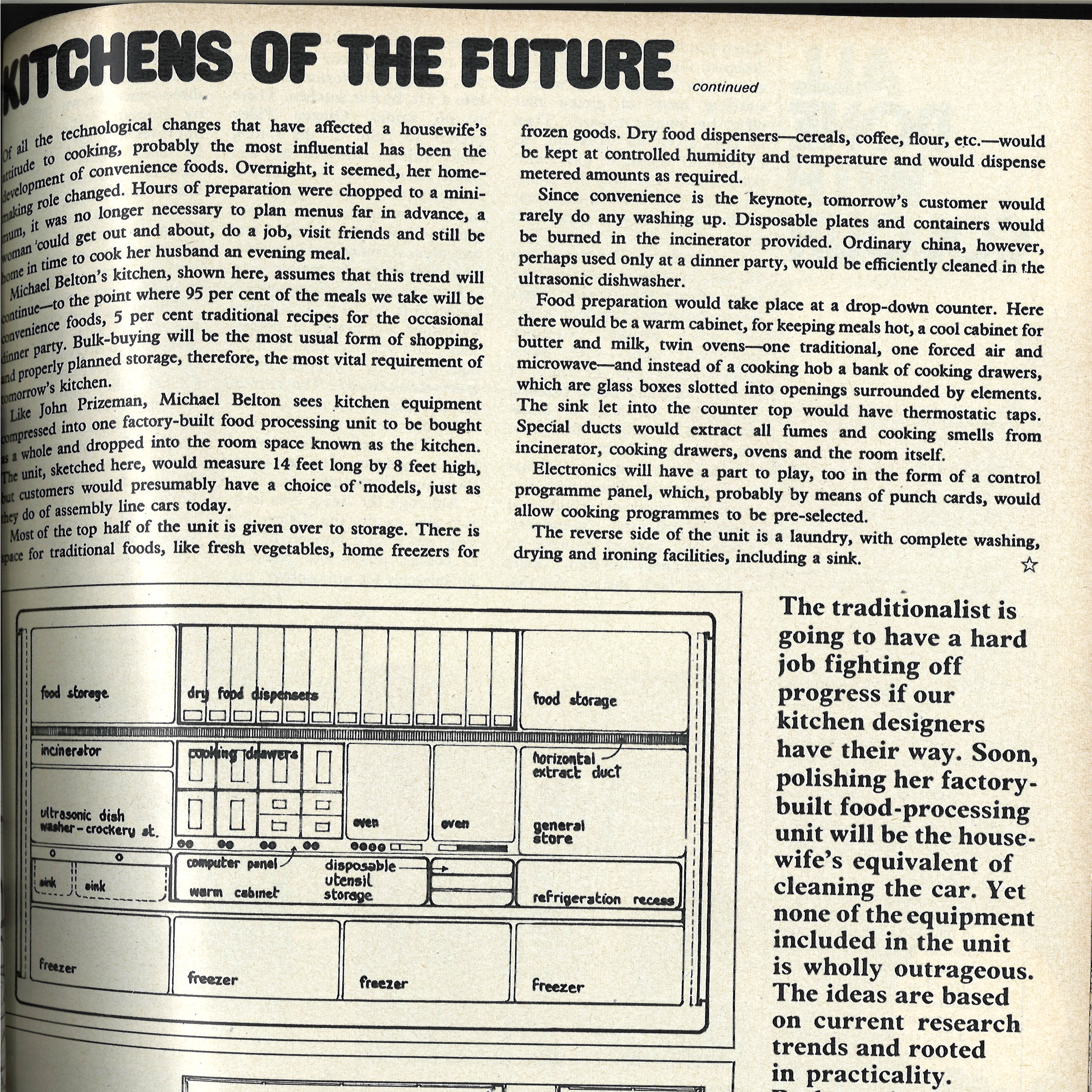
In 1964, a more fairly controversial musing on the state of housing takes things even further. ‘It’s on the cards that the next 25 years may see built-in obsolescence in housing as well as everything else’ – we’ll leave that point to be argued here.
Ideal Home today
The archives of Ideal Home give a chance to reflect on how much homes and attitudes towards them have changed over a century, but some things remain unchanged.
Still striving to provide expert help about all things home in 2025, the magazine certainly has a wealth of expertise to rely on. And like Mary Berry's reaction to her Food Editor position, working at Ideal Home is still a job that comes with an immense sense of pride. Heather, Ideal Home's Editor-in-Chief, discusses how she got her first start as Deputy Homes Editor in 2007.
‘When I got my job on Ideal Home, I had been desperate to work on the magazine for such a long time because it was the best-selling magazine,’ she says. ‘The biggest magazine, the one that everyone knew.’
‘So I was so chuffed when I got the job,’ Heather continues ‘And I got to see inside so many houses which I really loved doing.’
Of course, the production of the magazine only tells half of the story.
How long have you been a reader of the magazine for? Do you have a collection of Ideal Home magazines from years gone by or a favourite moment from the archives?
Let us know in the comments!







